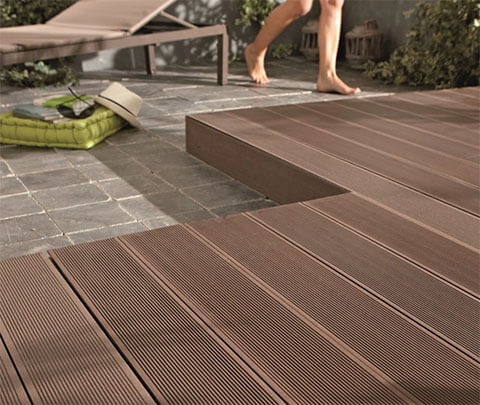A permeable wood impregnation process
A permeable wood impregnation process – the wood must have a moisture content of less than 30%(fiber saturation point) to be ready for processing.
The best protection is achieved with the so-called full cell method, in which the pressure phase is
maintained until the wood cannot absorb any more treatment solution. The most important stages for
successful treatment results are the initial vacuum, the vacuum vessel collapse and the pressure phase.
Powerful vacuum pumps evacuate the air from the treatment vessel and wooden structure. The
stronger the vacuum, the more preservative solution can be absorbed.
While the container is flooded with preservative solution, the vacuum must be maintained. Pressure pumps then force the solution deep into the wood under extremely high pressure. The final gap ensures that the wood can be
removed from the processing unit without dripping. Wood species vary widely in their permeability levels. This means that much larger gaps and stress phases must be chosen for spruce, for example, than for pine.







